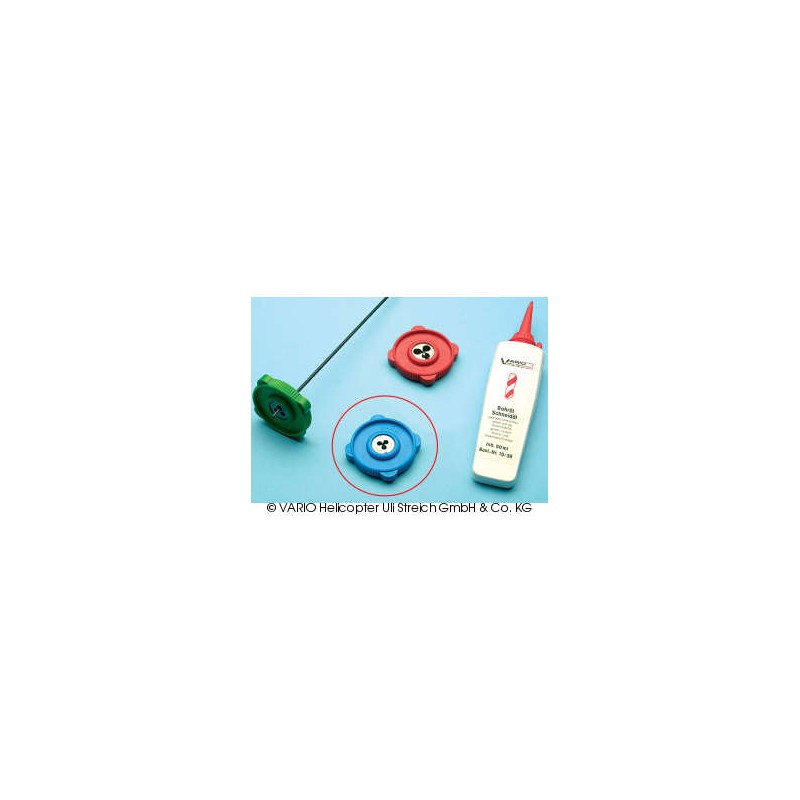
Referencia: 92/91
Rodamiento con orejuela de 6 x 10 x 3 mm
Brida rodamientos autolubricantes 6 x 10 x 3 mm
Ninguna marca
Referencia: 92/91
Brida rodamientos autolubricantes 6 x 10 x 3 mm



Política de seguridad

Política de envío

Política de devolución
No hay reseñas de clientes en este momento.
Referencia: 11/260
Tijeras de cristal del panel recto
